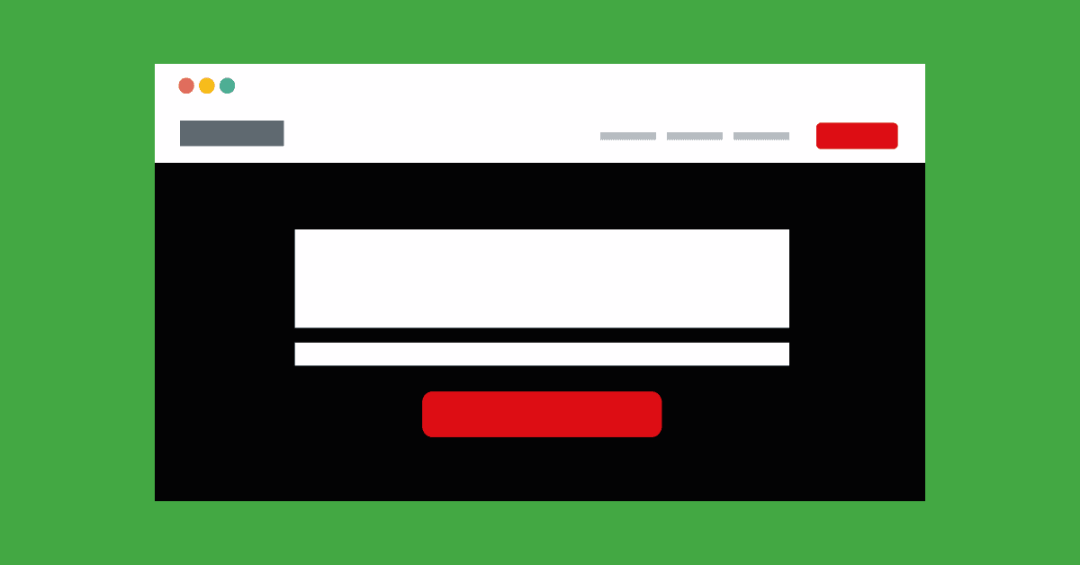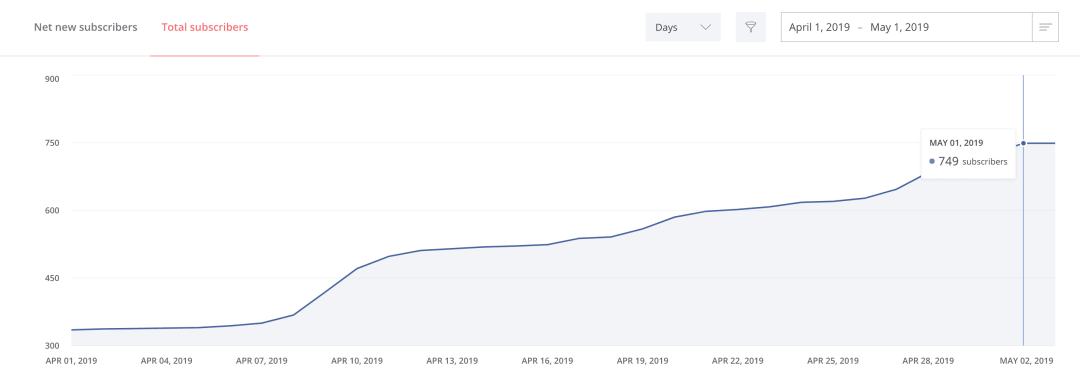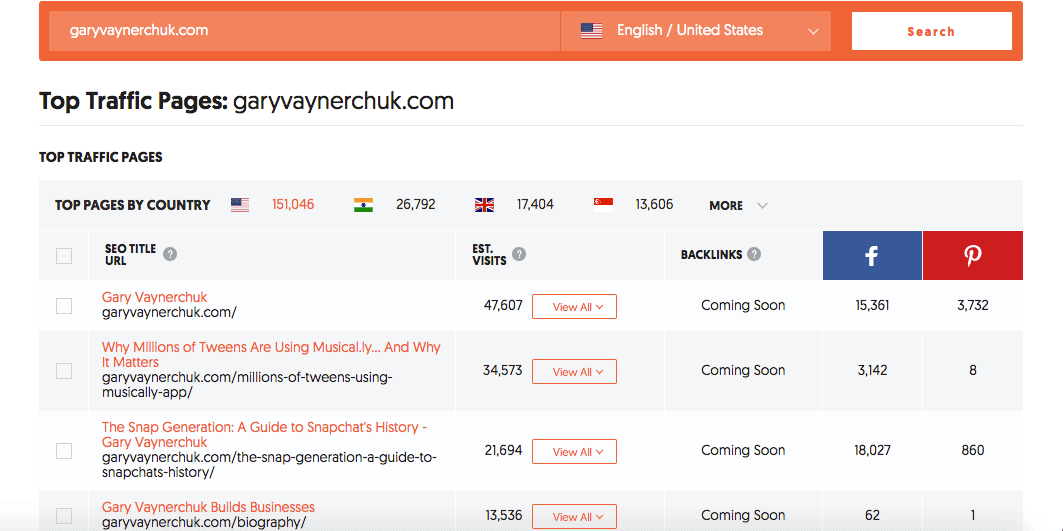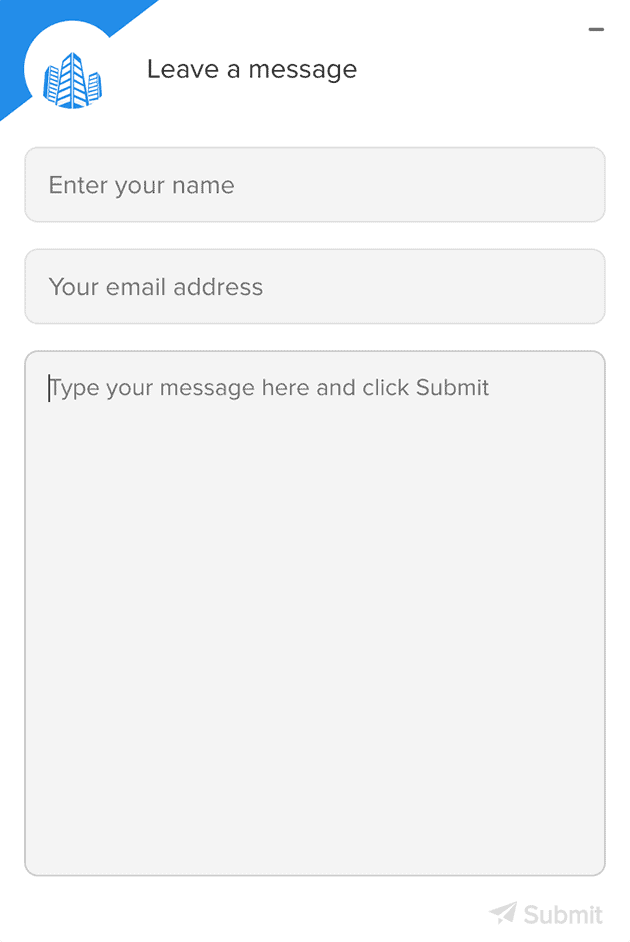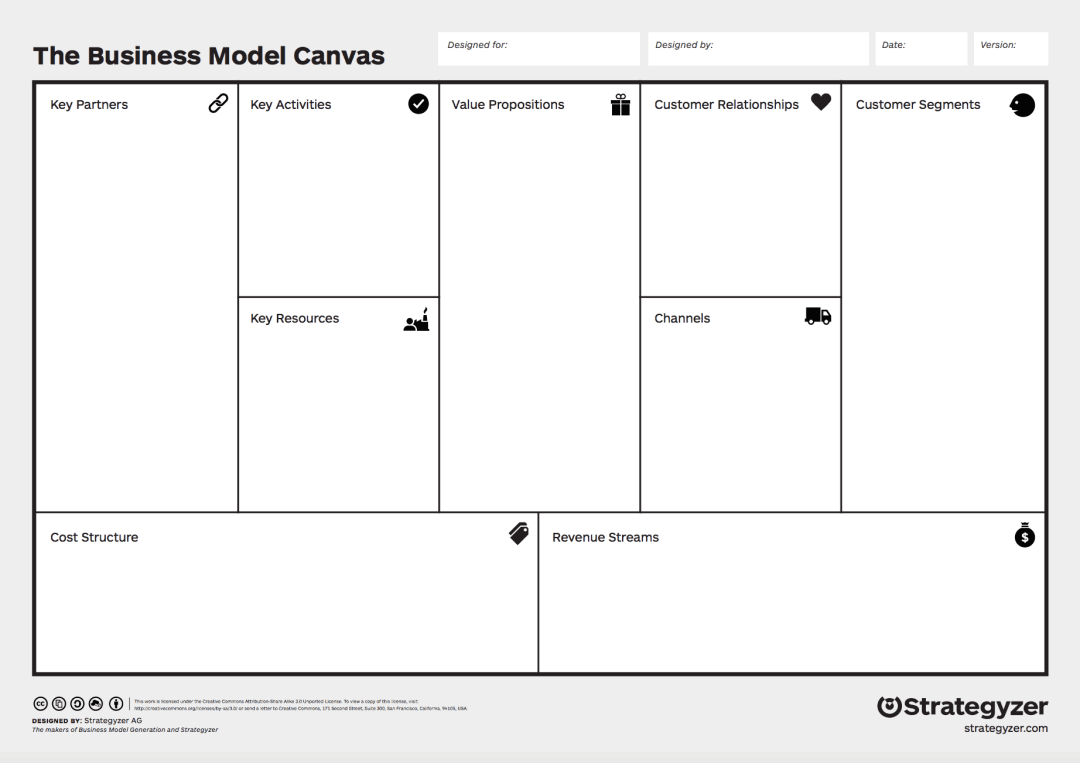
How to Convert Site Visitors into Leads and Customers for Your Business
How to Convert Site Visitors into Leads and Customers for Your Business
Abhik Shome
Founder and Editor-in-chief
The Starting Idea
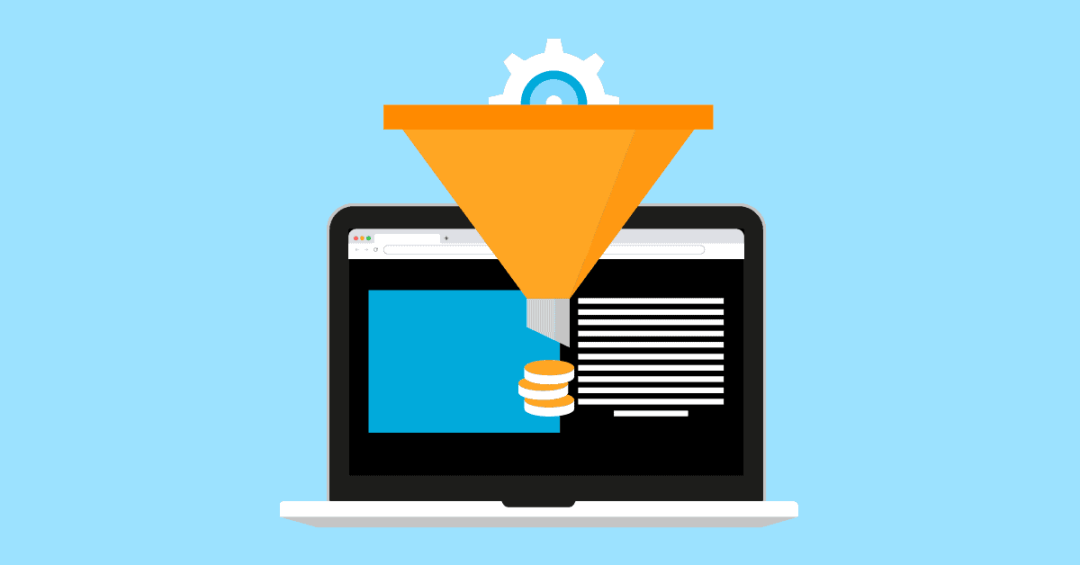
Your ideal customer just visited your site…
He goes through your homepage, likes what he sees, glosses over.
and then…
Then he leaves.
Congrats! You just lost a warm lead from your site who could have converted into a repeat customer.
So, what should have been done to not lose this valuable lead?
The answer: Lead Capture Forms
You need to power up your site with lead capture forms.
You can install lead capture forms (slide in pop-ups, exit intent pop-ups, welcome mats, countdown timers, inline forms, etc.) to get fleeing viewers signed up to your newsletter (from where you can nurture them to be a repeat customer).
Here’s a list of lead capture forms you can add to your site:
a) Welcome Mats
b) Exit intent Pop-ups
c) Slide in Pop-ups
d) Countdown Timers
e) Welcome Discounts
f) Inline Forms
g) Floating Bars
h) Lead Qualification Pop-ups
Some lead capture forms which usually convert great for us are slide in pop-ups and exit intent pop-ups.
Lead capture forms can be omnipresent on all your pages or be unique to your content for a specific page.
But having a lead capture form is not enough.
You need to double it down by powering it with great copy that offers something of value to your site visitors.
A simple rule to follow for writing great copy is offering them something which solves their specific pain point and gives them instant gratification.
For example:
“How to do x (some instant solution solving a very specific pain point) in 15 minutes”
or
“How to do x (some instant solution solving a very specific pain point) without Y (something bad like expensive resources, length of time, etc.)”
Pro tip: Now let’s go all elite with this. One thing you can do to maximize your results from lead capture forms is to use countdown timers.
Have a countdown timer slide in form. The copy of the form can offer a free product/report giving an instant solution to their specific pain in exchange for them signing up for your newsletter.
The countdown timer works great for us as it instantly catches attention, adds excitement and urgency.
How to convert these leads into repeat customers?
Now that you got your lead, what should be the next step in converting them into customers for your business?
The key is to nurture your leads by demonstrating your expertise.
How to do you demonstrate your expertise?
By actually helping them solve a problem they have.
The idea is to take them from point A of pain (where they are currently at) to point B of relief from that pain (where they want to be).
You can do this in many ways. Some top ones are:
1. Give useful tips on how to get towards the solution and tying it up with your product.
2. Give detailed case studies with respect to their niche.
3. Give free trials and demos where you demonstrate in real time how you can help them.
and so on.
Next Step
Hope this lesson was a great starter kit for you in terms of getting leads for your business and convert them into repeat customers.
But how do you get these visitors to your site in the first place?
How do you convince them that you can help them?
How do you differentiate your brand from the noise in your market?
How do you automate your business growth without it sucking your time, life, and energy? (Business is about having fun and doing what you love right?)
Well, if you want solutions to all these pressing issues, then I think a consulting call with me will be the right fit for you.
In the consulting call, I will be solving all your specific business pain points and personally guide you through my proven roadmap for business success.
I will also equip you with exclusive tools and cheatsheets so you have a templated system for growth that is fine-tuned for your specific niche.
Abhik Shome
Abhik helps entrepreneurs shorten their path to online growth with conversion marketing. He is a leading conversion marketing expert and online marketing thought leader. As CEO of Brand Bridge Solutions, an online marketing agency, Abhik's content has been featured in mainstream media outlets like Inc Magazine, Business Insider, Inc ASEAN, YourStory, and Influencive among others. Abhik is the Founder of The Starting Idea, a business growth magazine focused on giving fast-paced actionable marketing strategies to the modern day entrepreneur. He is also the founder of Product Know, an exclusive library of business software and resources. He has recently authored the book “The Growth Toolbox” covering 210+ tools to grow every aspect of a modern day business. Get it for FREE here. His blogs and articles have been shared and appreciated by top industry experts including Larry Kim, Founder of Wordstream & Mobile Monkey.



